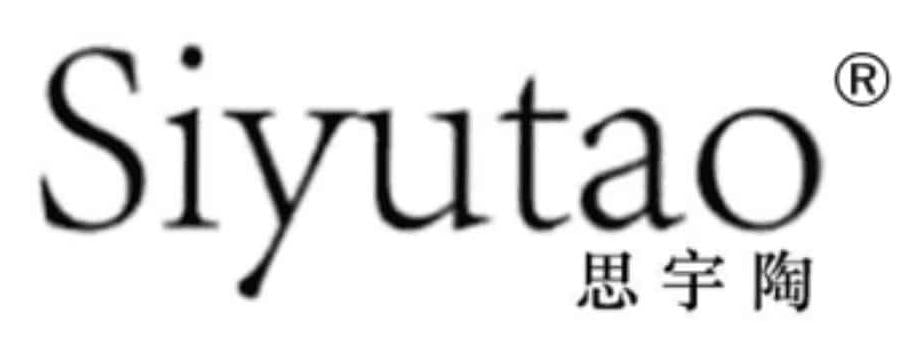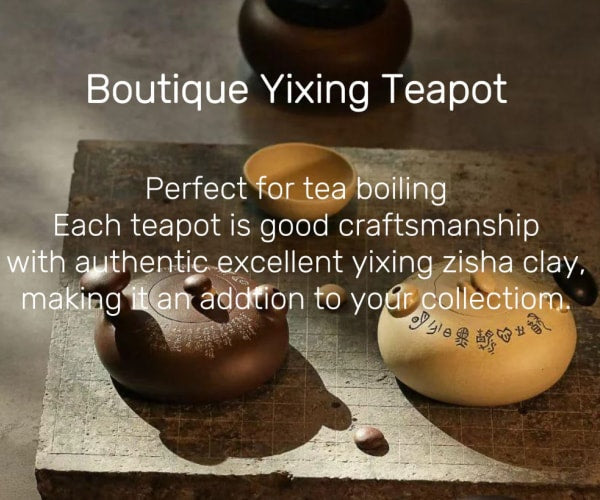The Lianzi Teapot
The lianzi teapot first came to life during the Chongzhen era of the Ming Dynasty. It was inspired by the “lianzi jar” from that time. The original design had a straight mouth, a rounded shoulder, a ring-shaped foot, and a full, round body. The lid was slightly raised, making the whole jar look just like a lotus seed.

Over the years, teapot makers shaped it into the elegant and lovely form we see today. The lid rises gently with a small knob on top, making it look taller. The spout curves softly from the shoulder, delicate and graceful. The handle resembles a lady’s arm resting on her waist, giving the teapot a standing beauty.
The earliest lianzi style featured circles within circles, growing from small to large. This repeated pattern symbolizes the traditional Chinese wish for “many children in the family.”
There’s an old saying among Yixing teapot makers: “Three-legged stone ladles, four-legged stoves; the round ones are lianzi, the flat ones are drums.”
What Makes a Lianzi Teapot?
-
Full and balanced body
-
Relaxed shoulder and neck
-
Wide lid with a gentle curve that matches the body
-
Smooth lines from spout to handle, creating a harmonious look
One special feature is the “little tail” at the base of the handle—a small ear that lets you rest your ring finger there so you don’t burn your hand. It also adds a light and graceful touch.
Famous Styles of Lianzi Teapots
-
Daheng Lianzi
This is considered the classic lianzi teapot. It’s well-proportioned and dignified, with a distinctive ear at the back of the handle.
-
Niugai (Ox Lid) Lianzi
Made by famous modern masters like Pei Shimin, Gu Jingzhou, and Wang Yinxian, this style looks more like a “well fence” than a classic lianzi. Gu’s version is refined and sturdy, with smooth lines and perfect proportions. The lid is arched like an ox’s nose, and the base drops straight down without a tall neck. The spout is curved, and the handle has no ear.
-
Pinggai (Flat Lid) Lianzi
Evolved from the classic lianzi, this style has a very high neck and a flat, tight-fitting lid. Yu Guoliang’s flat lid lianzi is large but not bulky, with strong and graceful lines. The most famous one is the “Xing You Heng Tang” style—round, powerful, and simple. It has a high neck, a curved spout, and no ear on the handle.

-
Limao (Bamboo Hat) Lianzi
This style, like the one made by Chen Ziyao, is simple and smooth with a deep, soft glow. It has a full body but feels light, with soft yet strong lines. It stands quietly, expressing beauty without words.
The lianzi teapot is more than just a tool for tea—it’s a piece of art with a deep history and meaning. Whether classic or modern, each one tells a story of craftsmanship and elegance.



